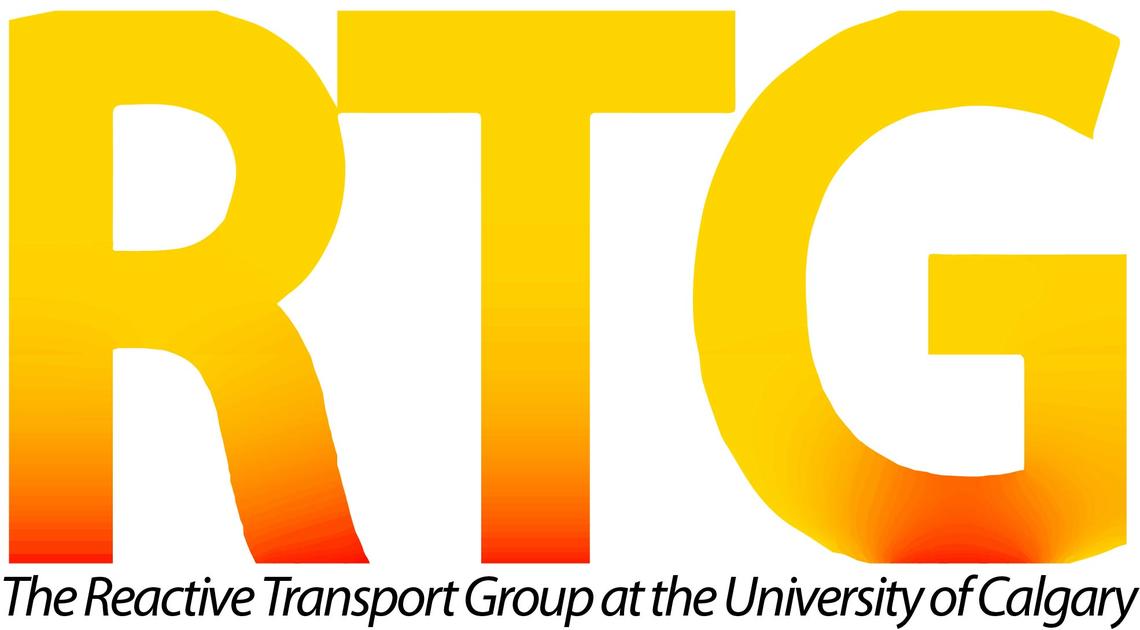Tutolo Reactive Transport Group
Our overarching goal is to distill simple, cause-and-effect relationships out of complex Earth systems.
Projects
Mars Science Laboratory - Curiosity Rover
Ben is a Participating Scientist on the NASA Mars Science Laboratory (MSL) Curiosity Rover team. He is working with the broader team to understand climate transitions and habitability on ancient Mars as Curiosity explores Gale Crater 2022-2025. As part of this effort, he is working with UCalgary collaborator Stephen Larter and the MSL team to interpret the signals of planetary habitability recorded in the Gale Crater sediments analyzed by Curiosity.

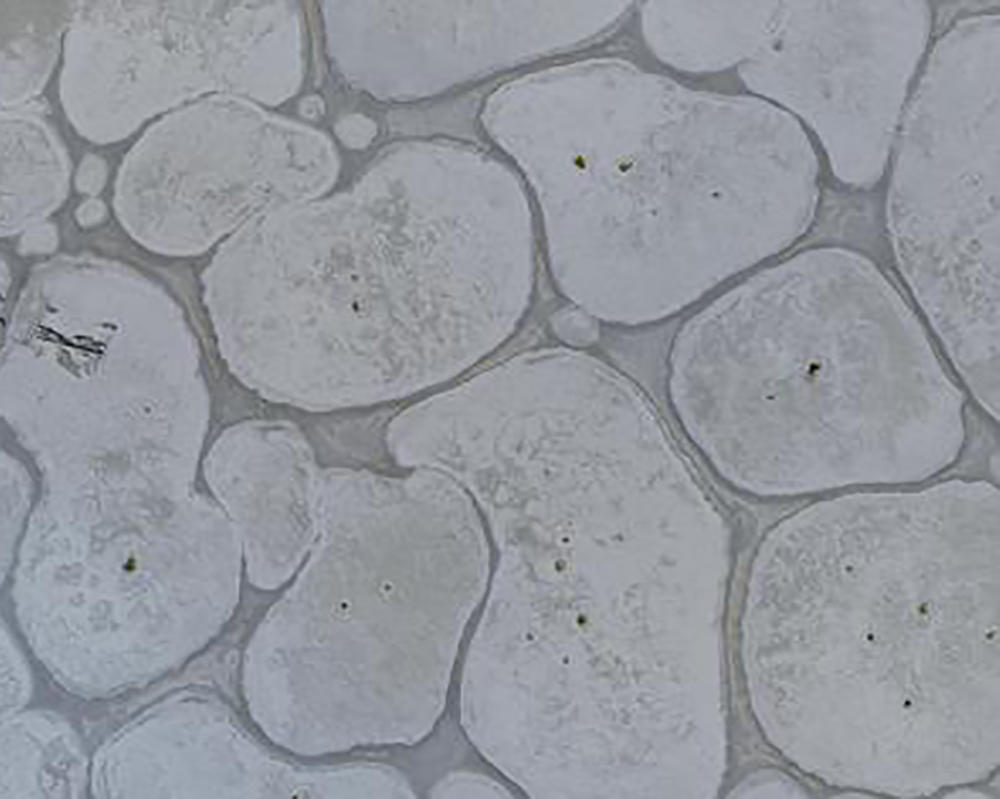
Saline Lakes
Saline lakes occur in basins and depressions where hydrologic outputs such as evaporation outstrip inputs such as groundwater influx. As the lake waters evaporate, their solutes become increasingly concentrated. If complete dry-out occurs, all that is left behind is an array of interesting, highly soluble salts. This evaporation process can potentially bring together many of the ingredients to originate life on Earth and other rocky bodies, and also support unique extremophile organisms. In our saline lakes work, we use a variety of field monitoring techniques (e.g., fluid sampling, shallow geophysics) and numerical modeling in order to examine the interplays between hydrology, geochemistry, and biology in these unique environments.
Hydrothermal processes on Earth and Mars
Oceanic and continental hydrothermal systems have profoundly impacted the chemical composition and oxidation state of Earth’s lithosphere-hydrosphere-atmosphere system and shaped biological evolution throughout its history. Furthermore, they provide key societal benefits by producing deposits of critical materials and concentrating geothermal energy. We have been working to parameterize the feedbacks between hydrothermal processes, seawater chemistry, and the (bio)geochemical evolution of Earth and Mars using a combination of numerical models, laboratory experiments, and novel sample characterization. Serhat Sevgen is currently the primary group member working on this project.
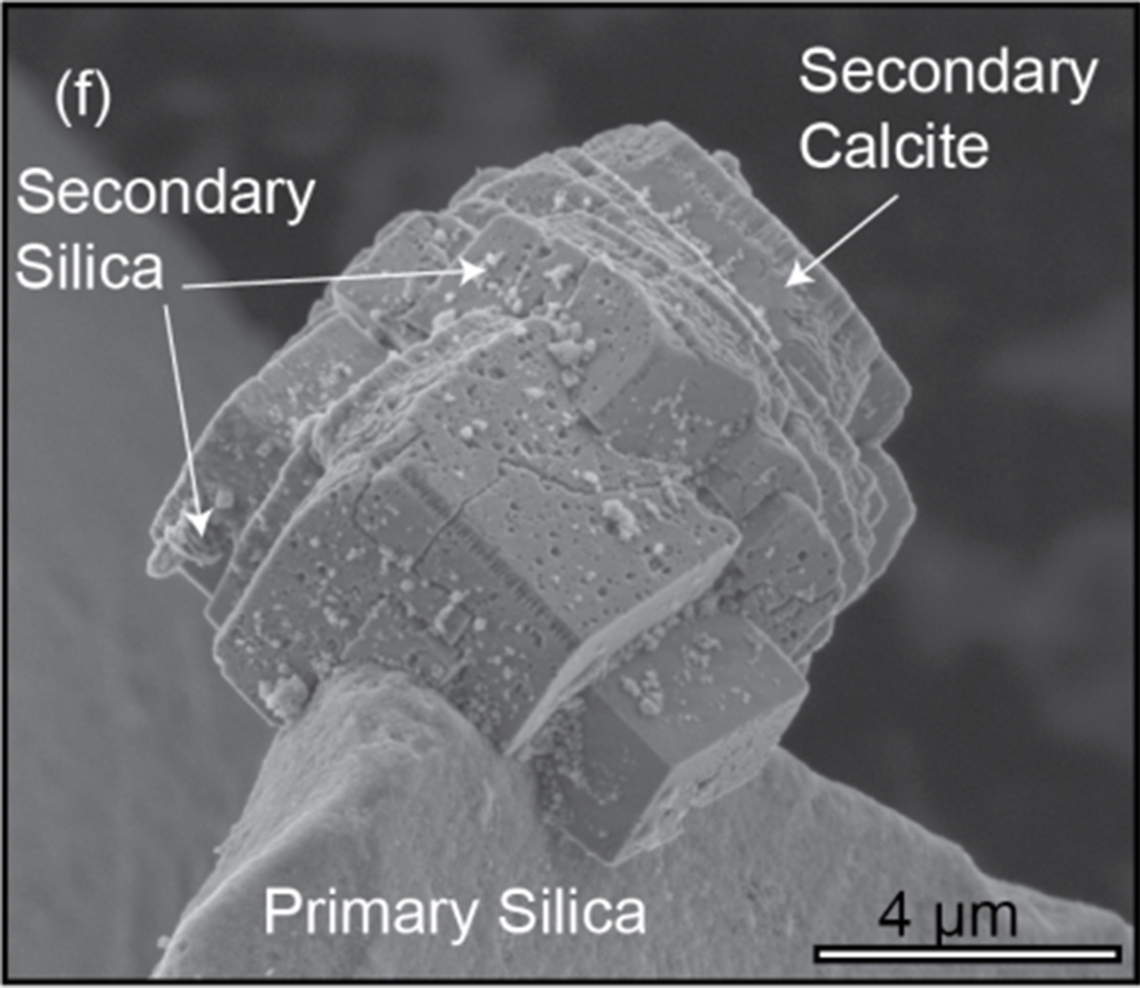
Diagenesis and REE deposits in sedimentary rocks
We are working to constrain the records and resources harbored in sedimentary formations. This research focuses on the geochemistry of mineral deposition and transformation in sedimentary rocks, with the intention of constraining societally important problems such as phosphorite-hosted REE deposits and geologic carbon storage. To tackle these research problems, we are using a combination of laboratory experiments, geophysical and geochemical observations in the field, and reactive transport modeling.
Basalt carbonation as a climate change solution
The Reactive Transport Group is leading and participating in three projects attempting to exploit the high reactivity of basaltic rocks to prevent the worst consequences of global climate change. We are tackling these projects by characterizing continental and oceanic basaltic aquifers for their carbonation potential, performing laboratory experiments to better constrain the rates of carbonation reactions, and exploring techniques to optimize carbonation reactions.
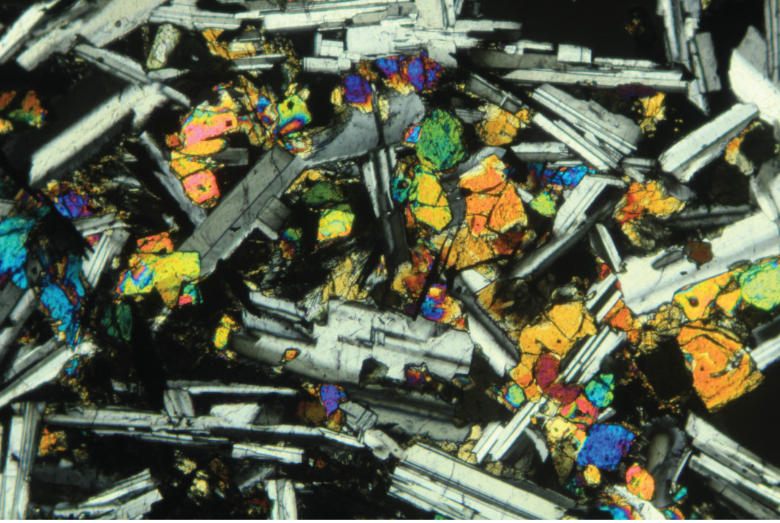
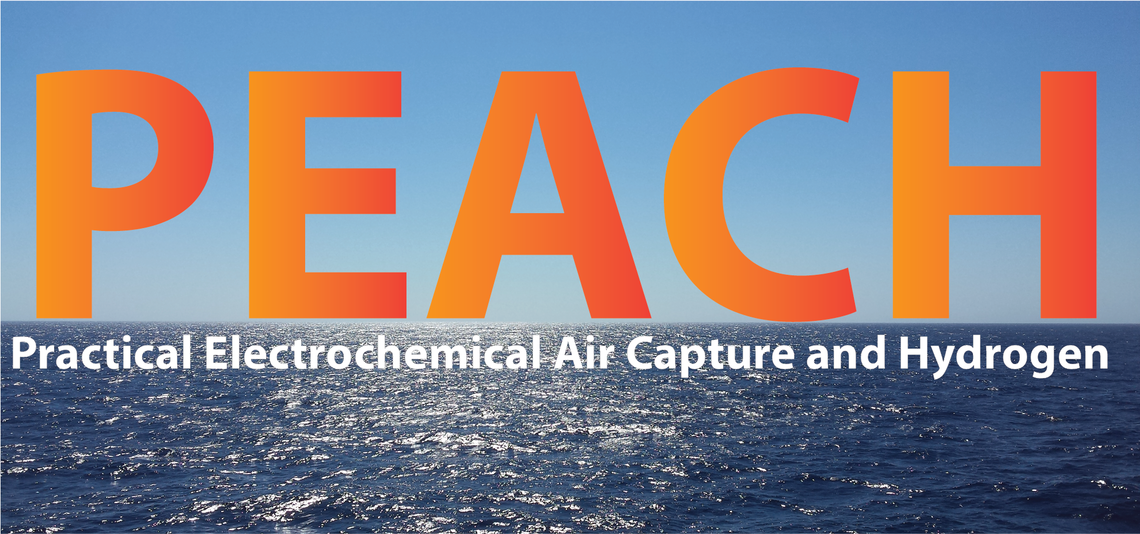
PEACH and Calgary Climate Solutions
With the PEACH technology, the Calgary Climate Solutions team is using electrochemistry to manipulate seawater alkalinity and capture CO2 on a global scale. The team has diverse skills and origins but is committed to “research, develop, and if appropriate, test and deploy socially desirable solutions for large scale carbon dioxide removal”, especially ones that safely amplify natural geochemical processes of carbon dioxide removal from the atmosphere. Such projects are not merely technical in nature but crucially also have to be acceptable to society, so policy and governance and finance are as critical a part of design and construction as science and engineering. More about this, and other Calgary Climate Solutions projects with which RTG researchers are involved can be found here.
Technique Development
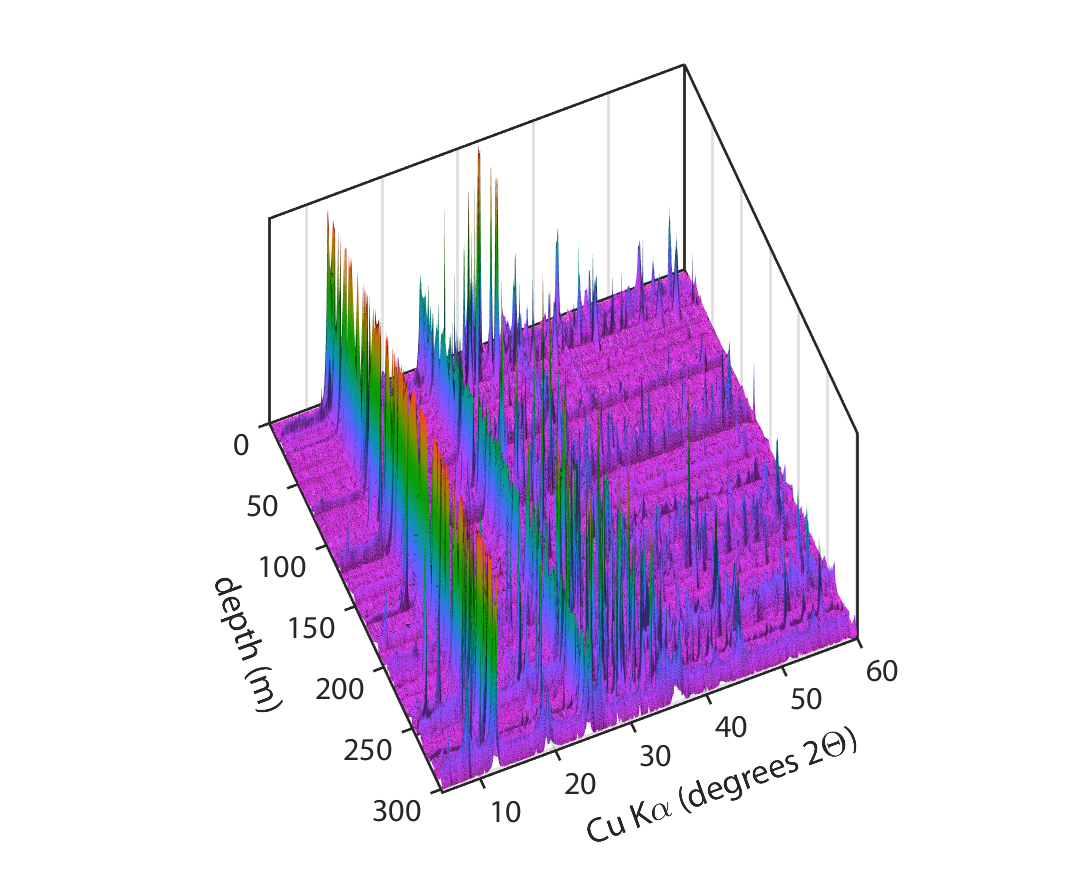
Although a primary component of our research involves numerical modeling using software such as the ever-useful Geochemist's Workbench and the reactive transport simulator PFLOTRAN, quite a significant amount of our efforts are directed towards performing experiments in the lab and characterizing field samples, particularly drill cores from the International Ocean Discovery Program (IODP). To characterize field and experimental samples, we employ a range of techniques. These include high resolution X-Ray Computed Tomography (XRCT) at laboratory and synchrotron sources; we maintain high performance visualization and processing computer and specialized software for handling these large data sets. In addition, we often utilize combined Small and Ultra Small Angle Neutron Scattering ((U)SANS) at the NIST Center for Neutron Research (NCNR), ISIS Neutron Source or at the Institut Laue-Langevin. We have also been using X-ray Absorption Near-Edge Structure (XANES) at Brookhaven National Laboratory (NSLS-II) and Diamond Light Source to constrain oxidation states of Fe in our samples. We have recently added a Horiba Xplora Plus Raman Microscope and a Triple Quadrupole ICP-MS to our lab facilities; both are open for use. We also often make use of a wide variety of mineralogical, chemical, and (non-traditional) stable isotopic characterization tools available here at Calgary and through collaborations with colleagues. See Lab page for more information.
